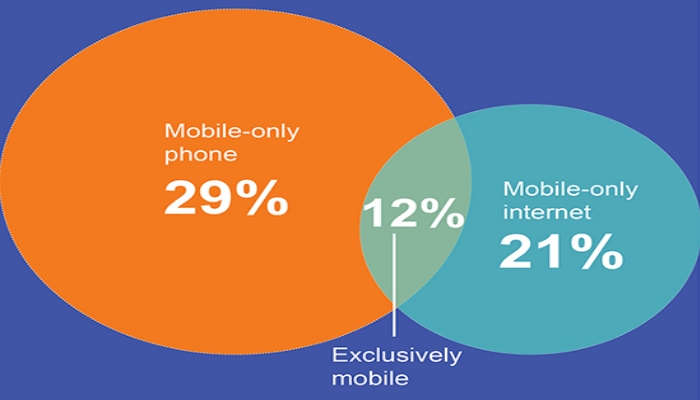
Fixed line in decline: ACMA releases new mobile usage numbers
Some 29% of adult Australians no longer use a fixed line for their voice services, according to research recently released by the Australian Communications and Media Authority (ACMA).
And, as at December 2014 when the survey was conducted, 12% didn’t use a fixed line at all –either for voice or data services. That’s up from 10% from the numbers only 12 months ago.
Among younger Australian adults, the numbers are –predictably enough – even higher. ACMA found that over half (54 per cent) of those aged 25–34 and almost half (46 per cent) of those aged 18–24 were mobile-only phone users.
For the same age groups, the figures for those who were exclusively mobile (i.e. used mobile for all voice and data services) were 22 per cent 16 per cent respectively.
These figures are still well below those in the US where it is estimated that as many as 43% of adults live in a house that has no fixed line phone. But they nevertheless point to a trend which appears to be accelerating as smart phones become an increasingly indispensable part of people’s lives.
That trend presents a challenge to the assumptions that have lain behind much fixed network investment over the last 5-10 years – the assumption that wireline and wireless services complement, rather than compete with, each other.
To the extent this assumption proves wrong, companies – and governments – which have committed heavily to wireline may struggle to see a return on their investments.










